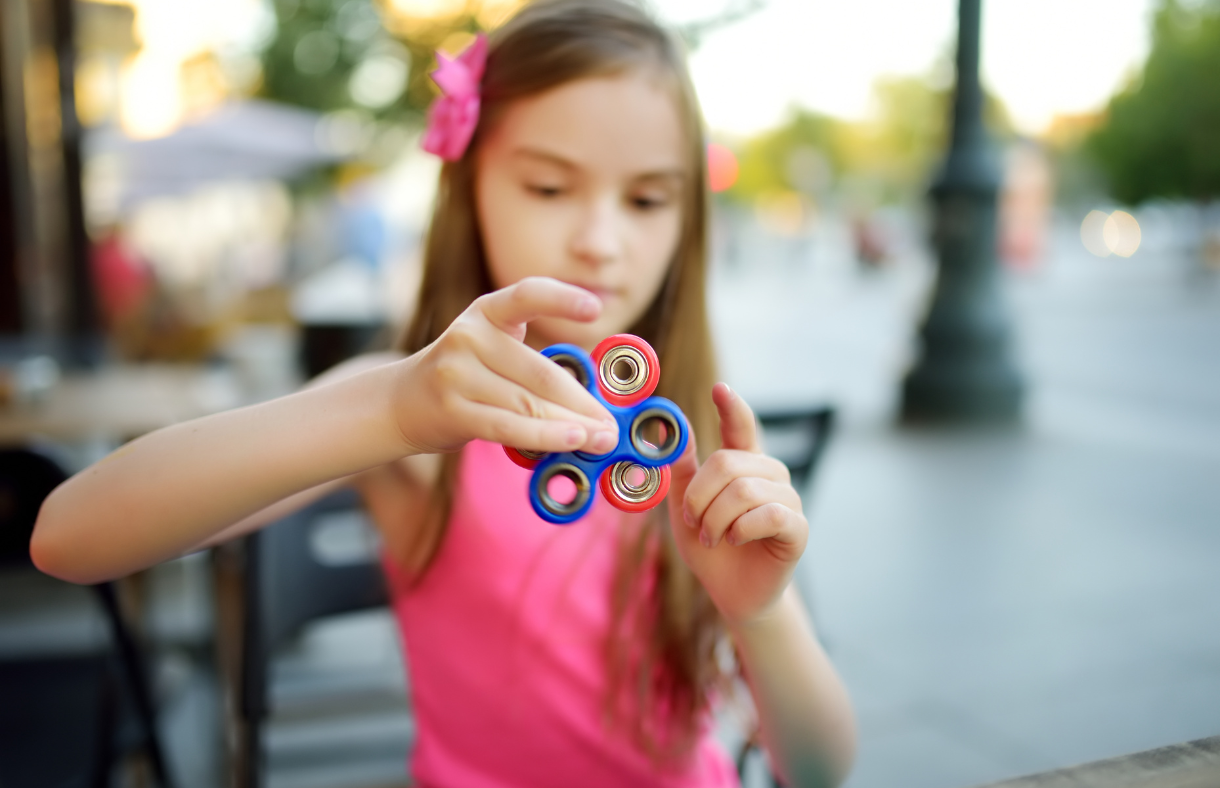Thanks to BridgingApps team members, Cathy Foreman (Special Projects) and Marjorie Reichard (Project Manager), for contributing personal perspectives to the following article.
Over 9 percent of people in the U.S. have attention deficit hyperactivity disorder (ADHD), which is a challenge for more reasons than direct learning difficulties. If you or any of your children have ADHD, you may be all too familiar with the sting of insensitive assumptions:
- “What’s the matter with him? Why can’t he settle down and pay attention like everyone else?”
- “She’s just lazy and won’t cooperate.”
- “You should stop with the special accommodations: that’s just enabling your kid.”
Thankfully, assumptions have grown less frequent and harsh as society develops better understanding of ADHD. But there are still misconceptions surrounding the condition.
Misconception: ADD and ADHD are two different disorders.
Facts: ADD (Attention Deficit Disorder) is the old name for ADHD. While some people still refer to “ADD” when discussing cases without “hyperactivity” symptoms, the American Psychiatric Association has not recognized “ADD” as an official term since 1987.
Misconception: All cases of ADHD look alike.
Facts: ADHD has a wide variety of symptoms and severities. Officially, there are three primary categories of the disorder: inattentive; impulsive/hyperactive; and combined.

Common “inattentive” symptoms:
- Absentmindedness
- Being easily distracted
- Frequent daydreaming
- Difficulty concentrating or following instructions
- Poor organization skills
- Procrastination habits
Common “hyperactive” symptoms:
- Excessive fidgeting, pacing, and/or talking
- Inability to relax
- Distaste for quiet settings
- Chronic impatience
- Pushing ahead out of turn or jumping in to finish others’ sentences
- Other impulsive habits, such as meltdowns or borrowing without asking
Foreman: ADHD is much more complicated and multifaceted than many folks realize. Many hallmark characteristics—intense emotions, weak working memory, difficulties with task initiation, problems getting regular sleep, being easily overwhelmed—have nothing to do with “hyperactivity.”
Reichard: Both my daughters have ADHD: one inattentive, one combined. With the first, I’ve had people insist she doesn’t really have ADHD because they think you have to be hyper.
Misconception: ADHD is only a problem for school-age children.
Facts: The percentage of people with ADHD is consistent across age demographics. A person can show symptoms before school age, or not until adulthood.
Misconception: ADHD is a boys’ problem that girls (and their parents) don’t have to worry about.
Facts: Boys are more frequently diagnosed because their ADHD is more likely to manifest through obvious, disruptive behavior, while the “inattentive” form is more frequent in girls. “Inattentive” ADHD is less obvious, but that doesn’t make it less common or less of a problem: it often leads to underperformance and chronic self-doubt.
Misconception: You don’t need disability accommodations for ADHD: you just need to try harder and learn the right self-control habits.
Facts: Much depends on the individual, but it’s unfair to assume you know what anybody else does or doesn’t need—especially for coping with a disability you don’t have yourself. Besides, most ADHD accommodations are simple and inexpensive: a little more time to finish assignments, an occasional stand-up-and-move-around break, a setting with minimal distractions, a little extra empathy, a small celebration when someone masters a new skill. (Most of these improve learning for neurotypical kids as well.)
Reichard: Many people don’t understand that ADHD kids mature more slowly. Give them time and adjust your expectations. My daughter Olivia is still 1 to 2 years behind her peers, but she’s learning—and needs lots of positive reinforcement for her amazing imagination and thought process.
Foreman: People with ADHD need extra dopamine, and they’re also highly vulnerable to “easy rush” activities that get people stuck in maladaptive “junk” behavior. Positive dopamine-increasing behaviors include music, getting into nature, and exercise—especially exercises with moves where legs and arms cross.
Misconception: ADHD medication is too dangerous to be considered except in the most extreme cases.
Facts: This attitude grew from reaction to the not-so-long-ago days when doctors tended to overdiagnose and overprescribe as parents demanded quick fixes to “help my kid settle down, work harder, and get better grades”—and then came the stories of childhood addictions and psychotic episodes, sometimes among kids who turned out not to have ADHD at all. But too much of the opposite-extreme attitude (“No one’s drugging my child, ever”) can keep people from getting medication that could help. Discuss your individual situation, and all possible options, with your doctor rather than going in with your mind already made up.
Misconception: One diagnosis and treatment plan is all anyone ever needs.
Facts: Symptoms and needs change over time. Remember that ADHD is a chronic condition, not something that can be treated once and forgotten. Keep doctors up to date on your situation, especially as your family transitions to new stages of life.

Conclusion: Tech Tips for Coping with ADHD
From Cathy Foreman:
- Less is more with ADHD. Clutter—including digital clutter—shuts you down.
- I love Instagram: the visual-based, short-and-sweet format is perfect for my brain. I follow some amazing professionals for information about ADHD in general, plus positive/hopeful posts and personal validation.
- Timers, including the regular smartphone timer, are a big help in motivating task initiation.
- My son likes Trello as a planner: it’s customizable and doesn’t assume everyone’s brain works in one way. You can make the software fit the way you think and the way you work.
- Spotify is a great music app to create playlists for working, exercising, or relaxing.
- The Down Dog yoga app ROCKS.
- To track what I do for walks, hikes, runs, bike rides, etc., I use Strava.
- Many apps that support Cognitive Behavioral Therapy (CBT) are good. Get guidance from a mental health professional choosing the best one(s) for you.
From Marjorie Reichard:
- We try to limit our 10-year-old to smartphones and tablets. They really rev up her brain, which is especially important during the week.
- Google Home is our primary tech tool: we use it for timers, for sleep music, for alarms to remind Olivia to do things—and for answering all the questions Mom does not have a clue about.

